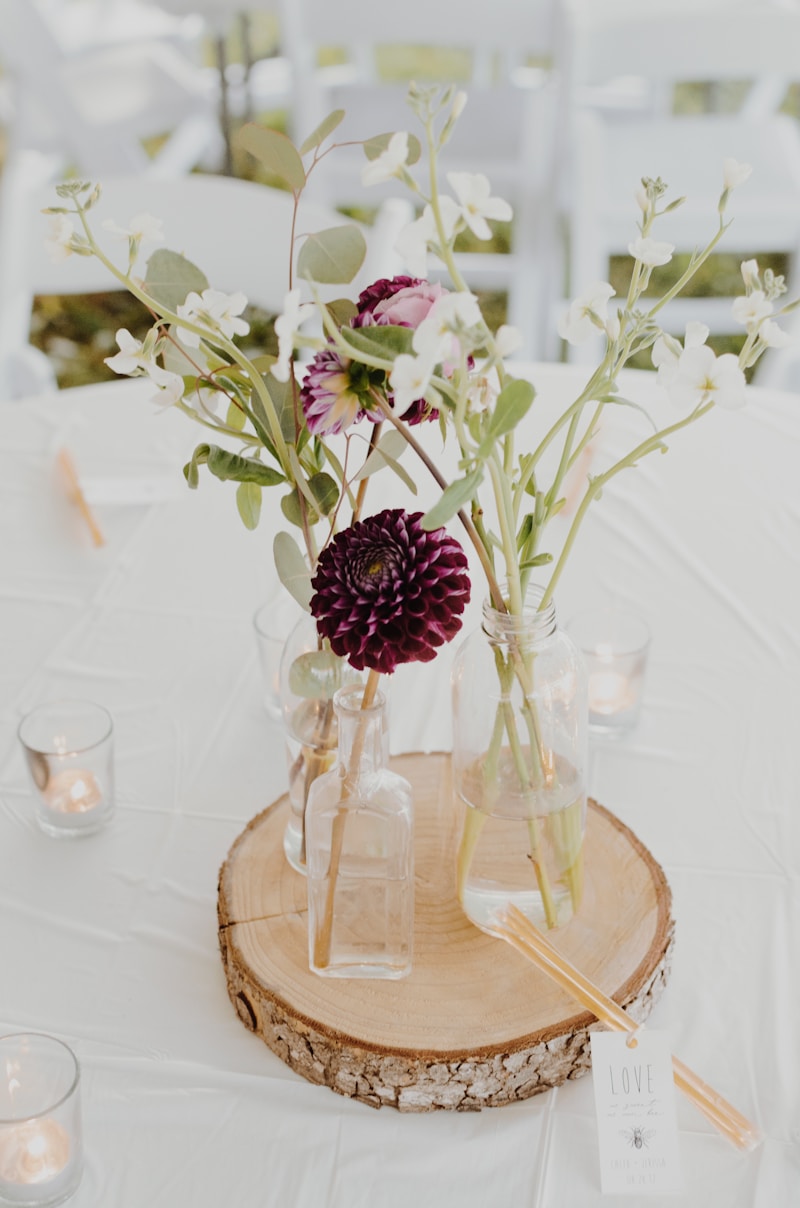Altering a Wedding Dress: What to Know for a Perfect Fit
Understanding the Importance of Altering a Wedding Dress
The wedding dress is often considered the most important garment in a woman's life. It symbolizes love, commitment, and the beginning of a new chapter. However, finding the perfect wedding dress that fits like a glove can be quite challenging. This is where altering a wedding dress comes into play. Whether you've bought an off-the-rack dress or designed a custom gown, understanding the alteration process is crucial for achieving that flawless look on your big day.
What is Dress Alteration?
Dress alteration refers to the process of adjusting a garment to fit a specific body shape and size. This might involve taking in or letting out seams, shortening or lengthening hemlines, adjusting the bodice, or making any other modifications needed to ensure the dress flatters the bride's figure. It's essential to allow adequate time for alterations, as this not only guarantees a good fit but also ensures any additional customizations can be made.
Reasons to Consider Alterations
| Reason | Description |
| Perfect Fit | An altered dress will hug your body in all the right places, enhancing your overall look on the big day. |
| Style Adjustments | Tailoring can help achieve the desired silhouette, whether it's a mermaid cut or an A-line style. |
| Comfort | Being comfortable in your dress will allow you to enjoy your wedding day without worrying about wardrobe malfunctions. |
| Personal Touch | Alterations also allow for personal touches, such as adding lace, embellishments, or different fabrics. |
Common Alterations for Wedding Dresses
When preparing for your wedding, it is helpful to be aware of which alterations are most commonly performed. Here are some frequent alterations that brides might consider:
- Hemline Adjustments: Shortening or lengthening the hemline to achieve the desired floor length or preferred style. This often depends on the bride's height and chosen shoe.
- Bust Adjustments: Adjusting the bodice or bust area to ensure a snug fit and proper support, especially if the dress is strapless.
- Waist Adjustments: Taking in or letting out the waist to accentuate the bride’s natural curves.
- Side Seam Adjustments: This can involve letting out or taking in for an overall size modification.
- Alteration of Sleeves: Altering sleeve length or style for better comfort and aesthetics.
How to Prepare for Dress Alterations
Before heading to your alteration appointment, consider these steps:
- Know Your Measurements: Have your current measurements on hand or be prepared to get measured during your appointment.
- Bring Your Wedding Shoes: Wear the shoes you plan to wear on your wedding day to get an accurate hem length.
- Understand Your Style: Be clear about how you want the dress to look. Bringing along inspiration pictures can be very helpful.
- Communication: Clearly communicate any concerns and expectations to the tailor. This ensures everyone is on the same page.
Choosing the Right Tailor
Finding the right tailor for altering a wedding dress can make all the difference. Here are some tips to ensure you select the best option for your needs:
- Research Local Tailors: Look for bridal specialists with good reviews and recommendations in your area.
- Schedule a Consultation: Meet with your tailor to discuss your dress and alterations needed. This is an opportunity to get a feel for their expertise.
- Check Previous Work: View the tailor's portfolio if possible. Previous works can tell you a lot about their skill and style compatibility.
- Ask about Pricing: Understand the cost involved in alterations upfront to avoid surprises later on.
Timing is Everything
It's crucial to start the alteration process well before your wedding date. Ideally, alterations should commence at least 8-12 weeks before the event. This allows time for multiple fittings and adjustments. Booking your appointment early can also help secure a skilled tailor during the busy wedding season.
Frequently Asked Questions (FAQs)
How Much Does Dress Alteration Cost?
The cost of alterations can vary widely based on the complexity of the changes and the tailor's experience. Simple alterations like hem adjustments might cost around $100, while more complicated changes could exceed $500. Always discuss your budget with your tailor.
How Many Fittings Will I Need?
Most brides need at least two to three fittings. The first fitting helps assess the necessary adjustments, while the subsequent fittings ensure accuracy and fine-tuning. It's essential to be patient during this process for the best outcome.
Can I Alter a Dress I Already Have?
Yes, you can alter a dress that you already own, provided the fabric can accommodate the changes needed. However, discussing this with your tailor beforehand will provide clarity on what is feasible.
What If I'm Losing or Gaining Weight?
Weight fluctuations are common during wedding planning. If you're concerned about your weight, it may be wise to wait until you're closer to your wedding date to begin major alterations. However, minor adjustments can often be made during fittings to accommodate changes.
Conclusion: Ensuring Your Dress Fits Perfectly
Altering a wedding dress is an essential step to ensure you look and feel your best on your special day. By understanding the importance of alterations, preparing adequately, and choosing the right tailor, you can create a dress that is not just beautiful but a perfect fit. Remember to communicate openly with your tailor about your expectations and budget, and be sure to start the alteration process well in advance. Your wedding day is once in a lifetime, and a perfectly altered dress can help make it nothing short of magical.
